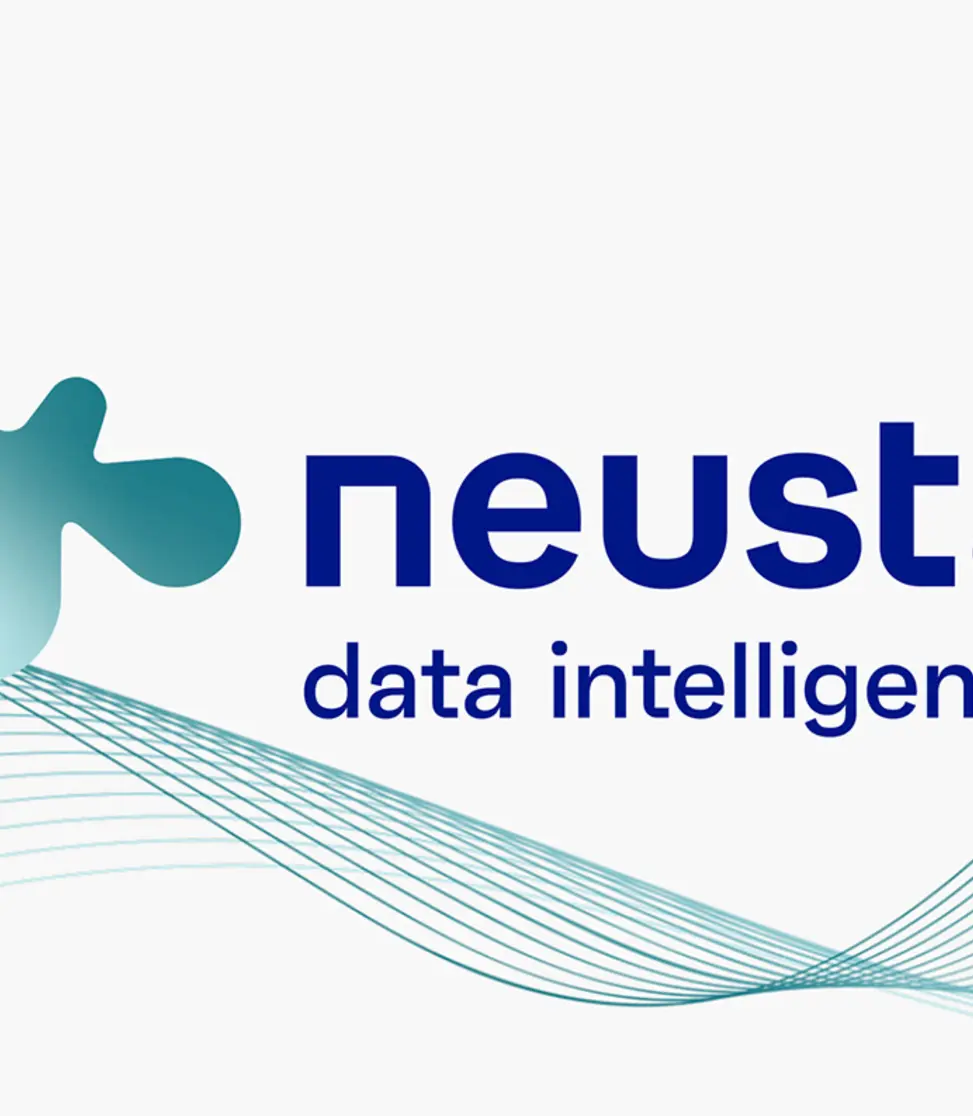


Third-party cookies
Since 2025, support for third-party cookies has been reduced in many browsers, including Google Chrome. Google had originally planned to remove these cookies completely. However, a significant change was announced in July 2024: Instead of a complete abolition, Google is introducing a new function - users will be able to decide for themselves whether they want to allow third-party cookies in future. This decision was made in collaboration with regulatory authorities such as the UK Competition and Markets Authority (CMA).
For advertisers, this means that they will have to adapt their methods for collecting data and analysing target groups. But what alternatives are there and how can they prepare for this new era? To continue delivering relevant adverts without third-party cookies, companies are turning to new technologies such as:
Data protection-friendly strategies
For users, this development means more control over their own data. In future, they will be able to decide for themselves which data they want to share with companies. This could strengthen trust in online advertising and lead to a more transparent digital world.
The introduction of new technologies such as the Privacy Sandbox shows that even without third-party cookies, there are ways to target advertising while maintaining data protection. It is crucial that companies do not wait and see, but develop proactive strategies now. Those who adapt to these changes at an early stage will be well positioned in the cookie-free future.
Frequently Asked Questions
FAQ
Third-party cookies are cookies that are set by websites that are not the current site that the user is visiting. They allow third parties to collect user data across different sites. Google and other browsers are removing these cookies from 2025 to strengthen user privacy and increase their control over their own data.
Instead of removing third-party cookies completely, Google is introducing a new feature that allows users to decide for themselves whether or not to allow these cookies. This decision was made in co-operation with regulatory authorities such as the UK Competition and Markets Authority.
Companies can rely on alternative technologies to continue delivering relevant advertising. These include the use of first-party data, contextual targeting, Google's Privacy Sandbox, server-side tracking and cohort-based approaches that do not require individual profiles.
With contextual targeting, adverts are displayed based on the content of a website instead of collecting user data. This allows companies to reach their target groups without the use of third-party cookies while respecting data protection.
Users have more control over their data and can decide for themselves what information they share with companies. This leads to a more transparent and less invasive digital world and could strengthen trust in online advertising.











